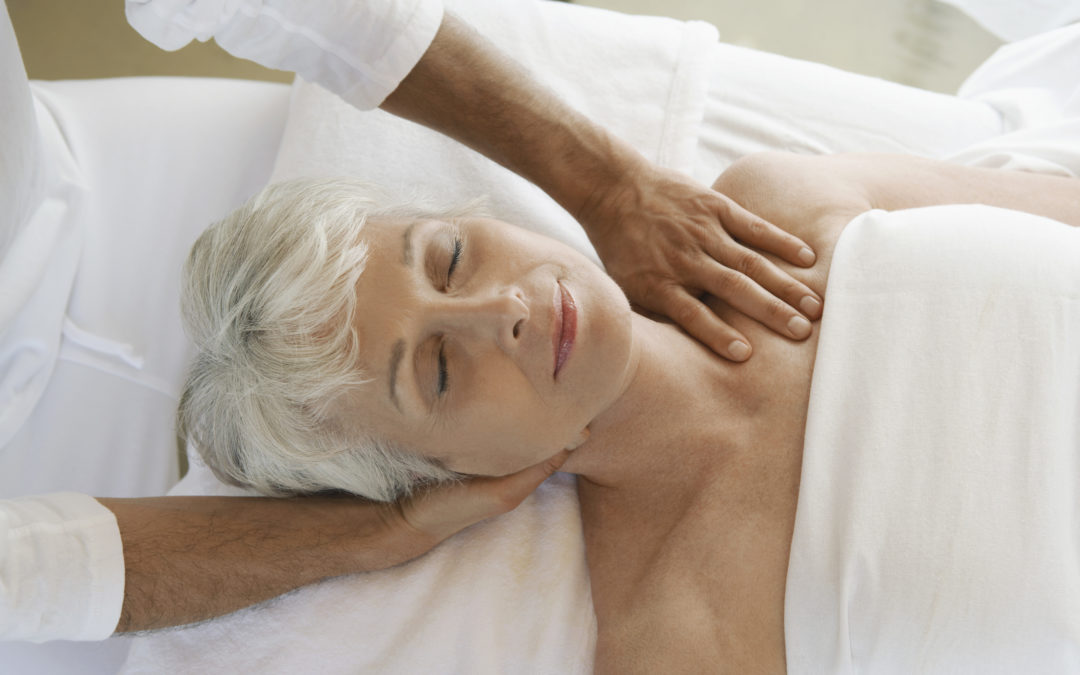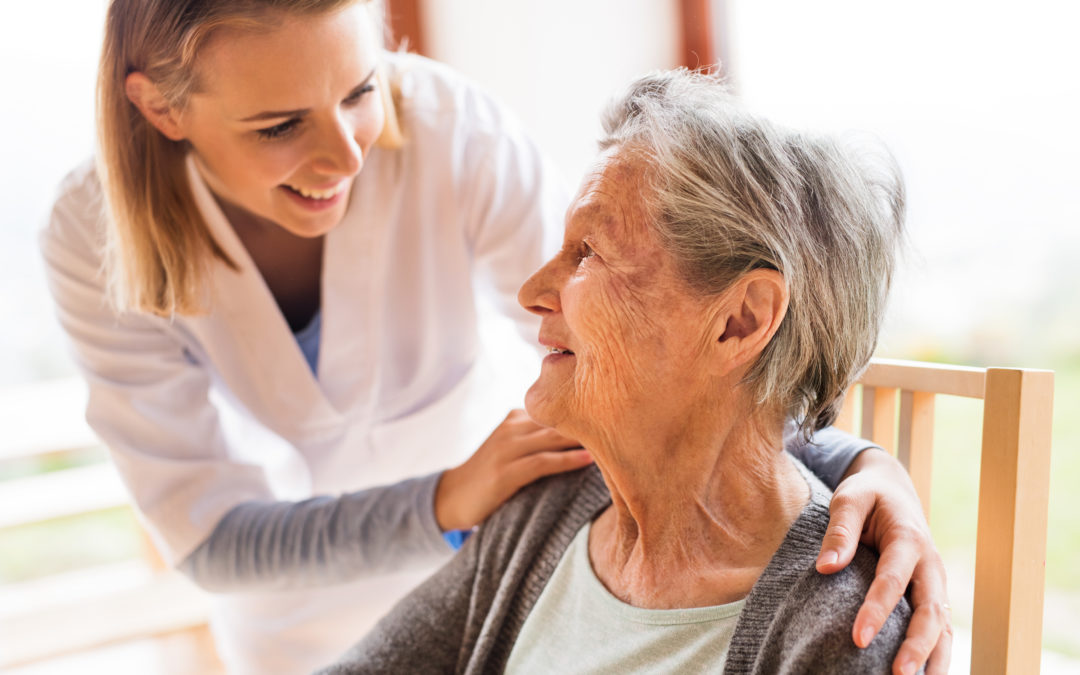
6 Ways to Improve your Quality of Life as you Age
If we’re lucky, we will all get old. However, if we’re smart, we can affect the shape of that experience and have a good quality of life. Let’s consider six things we can do to maximize our enjoyment in our later years.
6 Ways to Improve your Quality of Life as you Age
Take Control of Your Physical Health
Our bodies will break down as we age to one degree or another. However, there is plenty we can do to live a healthy lifestyle and slow that decline. Forming healthy habits such as eating right, regular exercise, and staying socially active as early in life as possible is the first step towards improving physical and mental health during the aging process.
Nutritious Diet
As a person ages, their metabolism slows down the ability to taste, their sense of smell declines and the body may process food differently. However, that’s no excuse for skipping meals, over-eating, or consuming junk.
Instead, eat a balanced, nutritious diet, high in vegetables, fruits, and nuts, and low in bad fats and processed foods. A balanced diet is the best way for older people to increase their chances of living longer and reduce the risk of developing health conditions such as high blood pressure.
Stay Active
Physical activity is a great way for seniors to stay healthy (improve their immune system), prevent health problems, and reduce the effects of aging. Staying physically fit can help prevent chronic disease and lower the risk of heart disease and heart attacks.
While aging may reduce the ability to bench press heavy weights or play competitive tennis, lifelong exercise is vital for improving seniors’ health related to their quality of life.
The best exercise for older adults is whatever physical activity they enjoy doing most. However, for older people, exercise in the water has added health benefits. Water uses buoyancy to relieve stress on joints and prevent falls.
Many senior living communities facilitate this lifestyle by providing daily exercise classes, pools, and instructor-led activities like yoga, water aerobics, and tai chi.
Click here to discover more fun ways for older adults to stay physically active (National Institute on Aging)
Exercise the Mind
Exercising the brain is just as critical as exercising the rest of the body. Reading books, engaging in stimulating discussions, constantly learning, and problem-solving are great ways to keep the mind sharp in our 70s, 80s, and beyond.
Many senior living communities offer classes, interesting speakers and presentations, book clubs, and other activities that are fun to attend and stave off cognitive decline.
Keeping busy with hobbies is also good for brain cells. Whether you bird watch, complete crossword puzzles, collect stamps, study a period in history or engage in some other activity that pleases you, continuing that will make you happy and keep you mentally keen.
Keep the Social Bonds Strong
Research shows that multiple, meaningful relationships keep us happy and healthy. Humans are social animals at every age who need friends and family in their lives.
It’s particularly important to stay connected to others as protection against the loneliness and depression that plague so many elderly people. As we inevitably suffer loss in our lives, it becomes more critical to have family members and a social network providing support.
An Attitude of Gratitude
The world, like the bodies of older people, is always changing. As your body ages, people can insulate themselves from the outside world. Or, they can accept what is new, learn how to deal with it, and roll with the punches.
The more adaptable we are as we age, the better we cope with the changing conditions in our lives. Embracing each day as a new opportunity to learn, grow and meet new people, and being thankful for everything we have, has been demonstrated to keep us happier and healthier.
Get a Good Night’s Sleep
Our bodies need deep, refreshing sleep each night to recharge the cells. Older people often require less sleep because they are less physically active. However, sleep is still a critical bodily function. If you’re fatigued or falling asleep during the day, you probably need more sleep at night.
Laugh!
Research shows that laughter truly is the best medicine. Aging with a sense of humor reinforces all the good habits listed above.
Additional Considerations to Improve Quality of Life as you Age
Adapting Living Spaces
Adapting living spaces to accommodate changing needs is crucial for seniors. Simple home modifications like installing grab bars, ramps, and improved lighting can significantly enhance safety and accessibility.
By exploring various housing options, from independent living communities to aging in place with necessary support, seniors can make informed decisions about their living arrangements. Cultivating a supportive network of family, friends, and community resources further reinforces a sense of belonging and security, creating an environment conducive to healthy aging.
Travel and Leisure:
Travel and leisure activities offer seniors opportunities for exploration, relaxation, and socialization. Group travel options specifically tailored for seniors provide companionship and support while exploring new places. Whether it’s a leisurely cruise, a scenic train journey, or a cultural tour, senior travelers can embark on adventures that cater to their interests and abilities.
Nye Health Services
Nye Health Services offers seven communities in Eastern Nebraska and Wyoming, structured to meet the needs of their residents from independent living to skilled nursing and memory care. A family-owned company with a rich history of connecting with the people they serve, Nye Health Services is open for visits anytime. Call 402.753.1400 to schedule an appointment at locations in Fremont, Lincoln, South Sioux City, Norfolk, or Jackson Hole, or visit https://nyehealthservices.com/ for more information.
Nye Health Services Award-Winning Campuses & Services
Nye Health Services · 750 East 32nd Street · Fremont, Nebraska 68025 · 402.753.1400 · Privacy Policy | XML Sitemap






